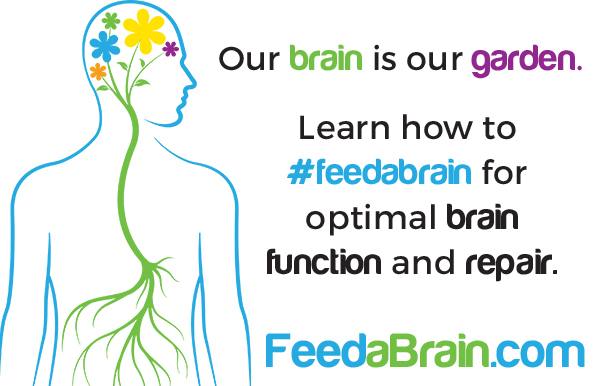The best news I heard surrounding my own brain injury recovery was found in the pages of Norman Doidge’s book: The Brain That Changes Itself: Stories of Personal Triumph from the Frontiers of Brain Science. Much of our means of changing the brain is discovered and practiced with amazing technologies. Some of these technologies include GPS, cell phones, computers and even simple technologies like chairs. I wrote this post because our brains are so intertwined to adapt and to work with technology, and so we should be aware of how our brain adapts to the technology around it.
Technology plays a huge role in our lives, we need to know what therapies will help, what will harm, and where we draw a line. Let’s explore how we use technology, and how it affects the brain.
Technology and The Brain:
“Technology can be a friend but it can also be a foe.”
Adaptive Technology:
Adaptive technology is basically any technology that makes life easier. We all use these technologies every day: power windows, glasses, QWERTY keyboards, cell phones, headsets, computers… you name it! Adaptive technology makes functioning in the world a possibility for some, less exhausting for others, and a means to accomplish more for most. While we do not need to completely avoid adaptive technology, it’s important for us to remember it’s purpose. Because adaptive technology is not designed to help rehabilitate, let’s avoid reliance, or try to SAFELY ween ourselves off of our reliance as much as possible.
Constraint-Induced Movement Therapy:
One of the tools I used to rehabilitate my abilities was a constraint on my good limb.This is called Constraint-induced movement therapy (CI or CIMT) and it is the opposite of assistive technology. This is using “technology” to make things harder. The constraint I used was simply to wear an oven mitt on my good hand.
Why does making things harder help?
“Frequently people who have had stroke or TBI don’t use the more affected arm not because they can’t use it, but because they’ve learned not to try to use it.”
When we force use of an affected extremity or the fine motor skills of an affected hand, we force the formation of new pathways, and this is how we are able to regain abilities.
Sensory Substitution:
Technology can also be used to find new pathways in the brain that are dormant (as this full length documentary shows so beautifully). By using technology to intake information in another way, we can show blind people pictures by drawing electronically on their tongues, and we can balance people whose vestibular system is not receiving input. The best news is that the patient doesn’t need to rely on the technology either! The brain has the ability to rewire other pathways to take in new information. This is called sensory substitution and can be used to rehab lost sensation.
.
Forever Plastic!:
Plasticity is an intrinsic property of the brain. It’s always happening. The brain is ALWAYS changing. We can’t turn it on and off, but we can make it more rapid through nutritional support, and we can use what we know about plasticity to guide changes towards a better brain. The bottom line is that whether we are trying to have better habits or we are rehabilitating lost abilities, the brain is designed to find the pathway that is constantly practiced. We might as well choose to implement beneficial routines so that our brains are encouraged by good habits.
We are making new discoveries in the field of neurology and neuroplasticity every day, and THIS IS JUST THE BEGINNING! It is now up to us to pay attention and to use these tools to our advantage.
What Do You Think?
Now let me know your thoughts. Can you relate to any of these principles of brain plasticity? What’s your experience as a seasoned brain owner? Maybe your adventures have taught you other things about your brain. I’d love to hear about it! Leave a comment below.
Wanna learn more?
Wanna learn more about how we can train our brains effectively? Check out the clip from a full-length documentary that changed the course of my recovery at 20 min 35 sec. Also check out 33:30 to see another amazing example of sensory substitution in action.






7 Comments
Leave your reply.